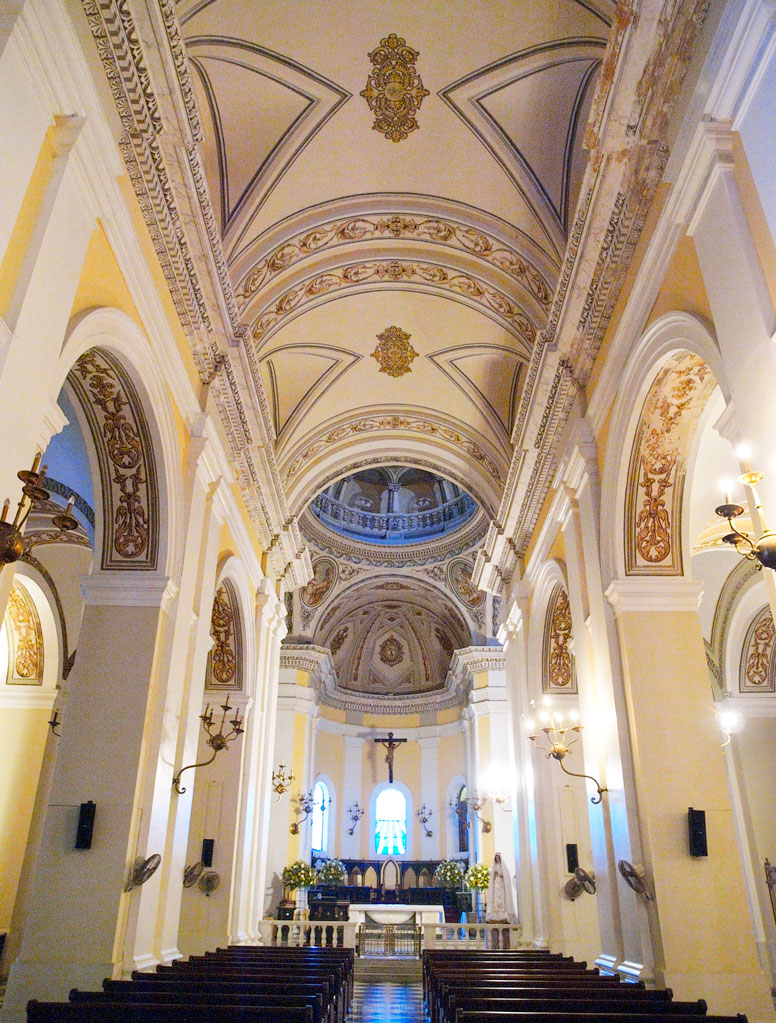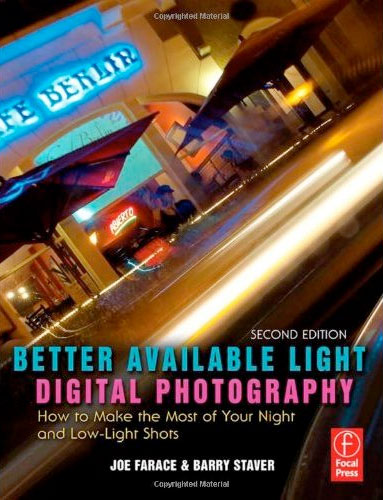Today’s Post by Barry Staver with Joe Farace
“There are two things we should always be raw and ready. When you are raw, you are always ready and when you are ready you usually realize that you are raw. Waiting for perfection is not an answer…―
For many people, digital imaging seems more convenient than film photography. When it comes to the ability to choose the appropriate white balance, I suggest that you select an ISO setting and view images on the fly, as Joe did in the below image. What’s left is the inevitable question: Should you shoot JPEG or RAW?
The JPEG standard (Joint Photographic Experts Group) was created in 1986 and defines how an image is compressed and decompressed. To save an image in JPEG format, your camera eliminates colors the eye can’t see and then compresses the image. JPEG is referred to as a lossy (not lousy) format because this process discards what it decides is redundant but when the file is opened any lost data is, mostly, rebuilt.
 How Joe made this shot: The Cathedral of San Juan Bautista in Old San Juan, Puerto Rico is the second oldest cathedral in the Americas having started construction in 1521. The camera Joe used to capture this image was an Olympus E-3 Four-thirds system camera with 12-60mm f/2.8-4 lens at 12mm. The camera’s real-time preview in Live View mode allowed him to try different white balance settings before clicking the shutter. JPEG exposure was 1/13 sec at f/2.8 and ISO 1600
How Joe made this shot: The Cathedral of San Juan Bautista in Old San Juan, Puerto Rico is the second oldest cathedral in the Americas having started construction in 1521. The camera Joe used to capture this image was an Olympus E-3 Four-thirds system camera with 12-60mm f/2.8-4 lens at 12mm. The camera’s real-time preview in Live View mode allowed him to try different white balance settings before clicking the shutter. JPEG exposure was 1/13 sec at f/2.8 and ISO 1600
Unlike JPEG images, RAW files requires little or no internal processing from the camera. These files contain more color information, more data but all that data now requires external processing. Perhaps these food analogies will help explain the difference between a RAW and compressed JPEG image:
- Cakes. You can purchase a ready-to-eat cake at a bakery or make one from scratch at home. A store bought cake is like a JPEG image file, since most of the choices were already made for you. The bakery decides what ingredients to use and in what quantity. JPEG photographs are processed and compressed in-camera and you take them as they come. On the other hand, a scratch-made cake allows you to choose all of the ingredients, altering quantities of ingredients to suit your personal taste. The same thing goes for RAW image files. You decide how to process them in post-production.
- Chocolate chip cookies. Off-the-shelf brands have chips that are already baked into each one. The softness of the cookie is predetermined and all the cookies are uniform in size. This is the JPEG version. Cookies that are baked at home offer more choices: You pick the kind of chips, milk, dark, or white chocolate, the number of chips to fold into the batter and the size of the cookies that get baked. That’s the RAW version.
Comment from Joe: Over the years, my thoughts on the whole JPEG vs. RAW controversy have changed dramatically. These days all my portrait shoots are made in RAW+JPEG mode for reasons I have beaten to death here and on my car photography blog. But when shooting some other subject matter, I tend to shoot JPEG, with the exception of infrared photography where I shoot RAW+JPEG and use the in-camera JPEG image as a preview and only process/display the RAW files.
 If you enjoyed today’s blog post and would like to buy Joe a cup of Earl Grey tea ($3.50), click here. And if you do, thanks so very much.
If you enjoyed today’s blog post and would like to buy Joe a cup of Earl Grey tea ($3.50), click here. And if you do, thanks so very much.
Barry Staver and Joe Farace are co-authors of Better Available Light Digital Photography with new copies available from Amazon for $21.50 or used copies at giveaway prices, starting at only $4.75, as I write this. Kindle copies, for some reason, vary.